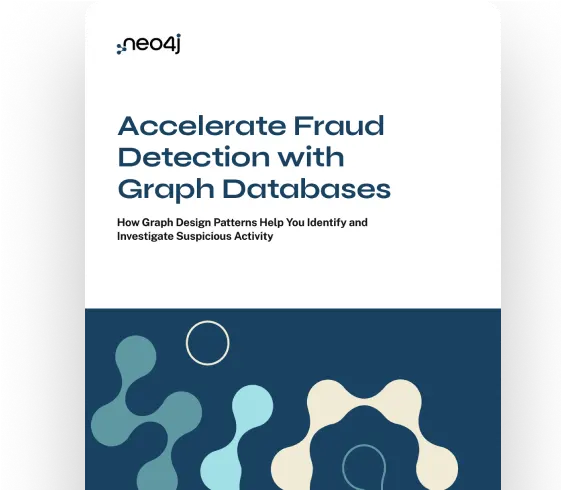
How Knowledge Graphs Boost Fraud Detection Accuracy
Learn how to build more accurate, sophisticated fraud detection apps with graph databases that find previously missed fraud and reduce false positives.
Read the GuideNODES AI: Online Conference for Graph + AI - April 15, 2026 | Save the Date

Learn how to build more accurate, sophisticated fraud detection apps with graph databases that find previously missed fraud and reduce false positives.
Read the Guide